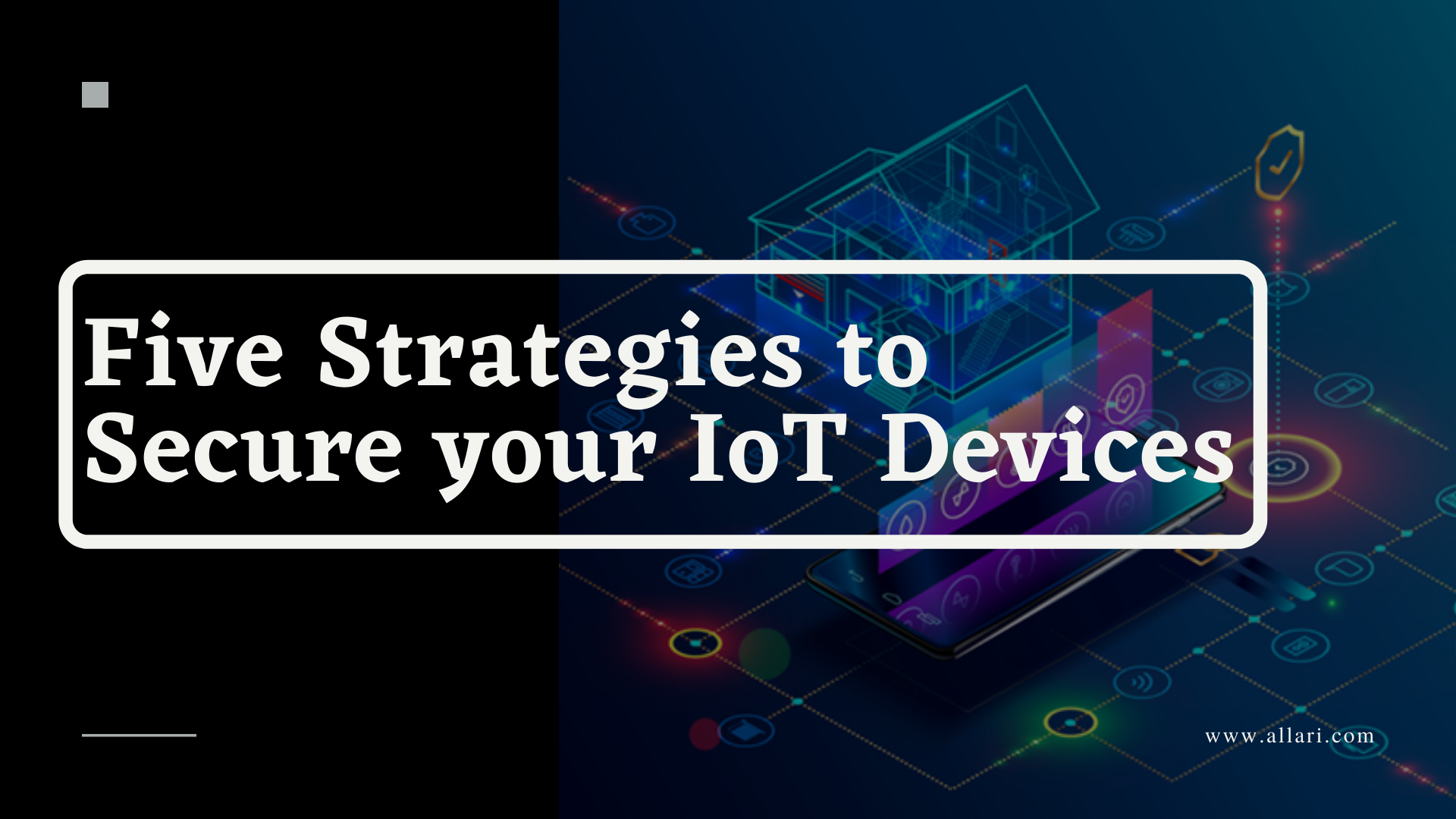
Over the past year, the Internet of Things (IoT) has expedited magnificently and is spanning for massive use of IoT devices around the world. The Internet of Things (IoT) is a term used to describe the continually growing network of internet-connected electronic devices that are in operation around the world today. Some of the few examples are Smart RFID tags, home appliances, Amazon’s Alexa, Google assistant and industrial sensors, and many more.
IoT devices gather the data and send it through the internet for processing. Basically, the data is transmitted from a device to a gathering point where the data is analyzed in data centers or the cloud. Depending on instructions/ IoT applications certain actions are performed. It is believed that by the end of 2025, there is an estimation of revenue generation - $1.6 trillion by the internet of things (IoT). IoT touches the broader network and therefore, there are many security challenges. Hence, all those devices need to be configured, authenticated, monitored, and also regularly patched and updated.
Some of the Best Practices to Secure Your IoT Devices
- Enable Endpoint Encryption
There are many entry points for threats created by mobile phones, computers, and other endpoint devices. Endpoint encryption is the best remedy to prevent breaches and attacks that occurs through entry points. Security can be provided by blocking unauthorized access attempts and hazardous activity at the endpoints. All parts of IoT networks including medical devices, cybersecurity assets, equipment needs to have end-to-end security protection enabled. Therefore, it is best to have autonomous defense security enabled in your IoT devices and products.
- Make Sure to Enable Multi-Factor Authentication

Multifactor authentication (MFA) adds a layer of protection to the sign-in process. If we want to access our accounts or apps through any device, their account will have more security if there’s additional verification like using the code received in emails/phones, using authentication apps, and biometrics like scanning fingerprints, retina scan, or facial recognition. Two-factor/Multi-factor Authentication is the best for system integrity, admin access accounts, and anything pertaining to IoT devices.
- Update Your Firmware in a Timely Manner
A domain controller is a server that responds to authentication requests and verifies users on computer networks. All the data are organized and kept secure with domain controllers. Hence, using the up-to-date version of windows reduces the risk of the attack surface. We all are very aware of gaining privileged accounts through hacking or any sort of trick. Hence, the domain controller can be used to detect cyber-attacks in progress too. When manufacturing PCs, you can use the built-in administrator account to run programs and apps before a user account is created. Thus, it is very necessary to secure the built-in administrator accounts in the active directory to keep the firmware right.
- Full SPAN Session of Your IoT Network
Any vulnerability or anonymous action in your IoT network is detected easily if there is full visibility of any action going in and out of the network. A proactive 24/7 continuous monitoring can give heads up about any attacks or breaches. It helps to alert all the security systems and protect the entire network associated with IoT networks.
- Separate the Networks for IoT Devices
IoT devices are easy-to-crack back door onto the companies or any network. Most of the companies have secondary networks exclusively for IoT devices. So, if any hackers get into your network through IoT devices, then they can cause harm to only some of the other IoT devices connected to the same network. It is very important to make sure that new IoT devices aren’t configured to use the main network. This way the sensitive data are secure in an identical network and cannot be accessed through the secondary network or same access points.
There are other strategies that can be implemented to protect IoT devices. To mention some of them are securing remote access through robust VPNs, setting strong policy-based access controls, paying attention to device security, data security, data protection, and many more.
For more details, visit our online portal & know more about cybersecurity i.e. www.allari.com























